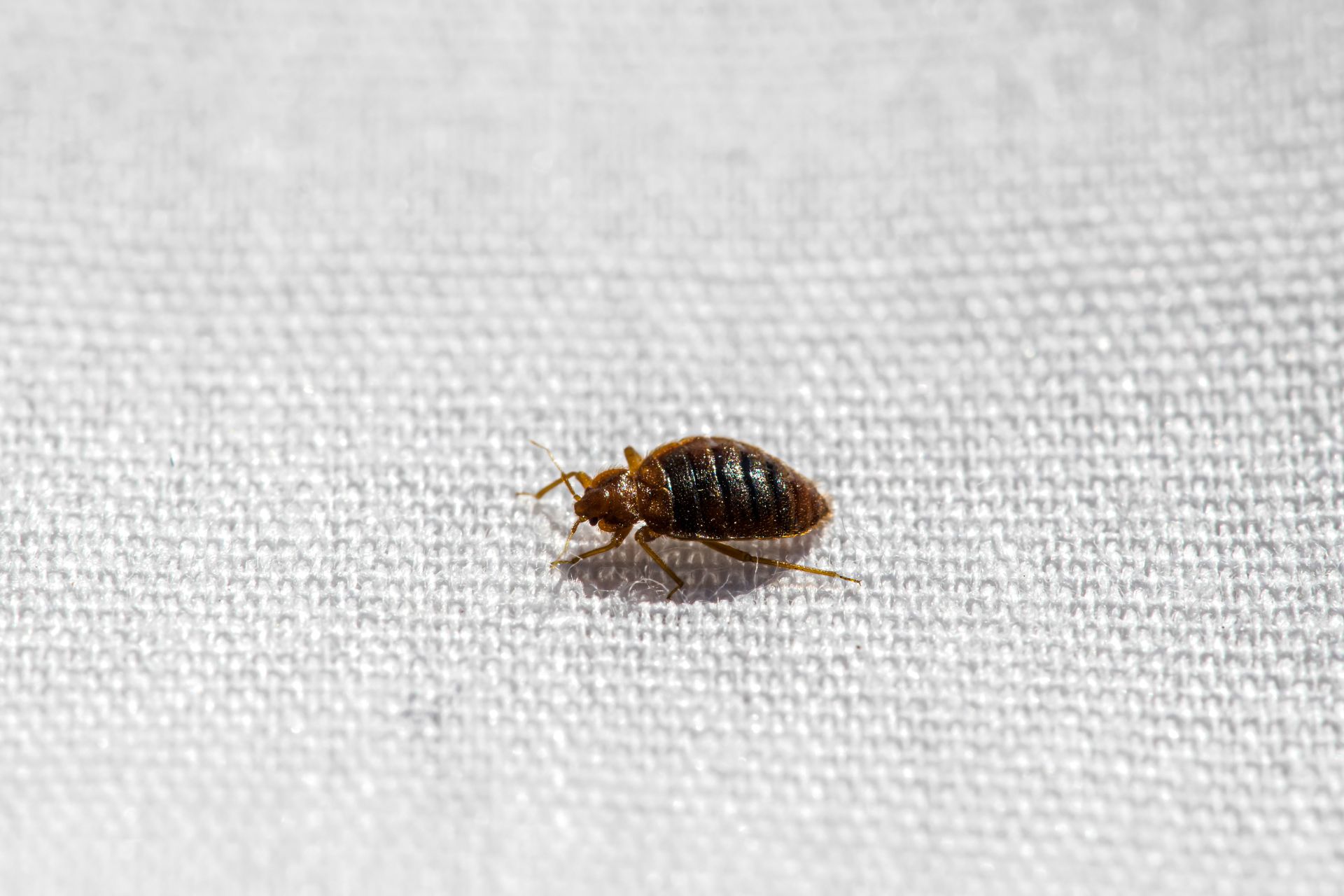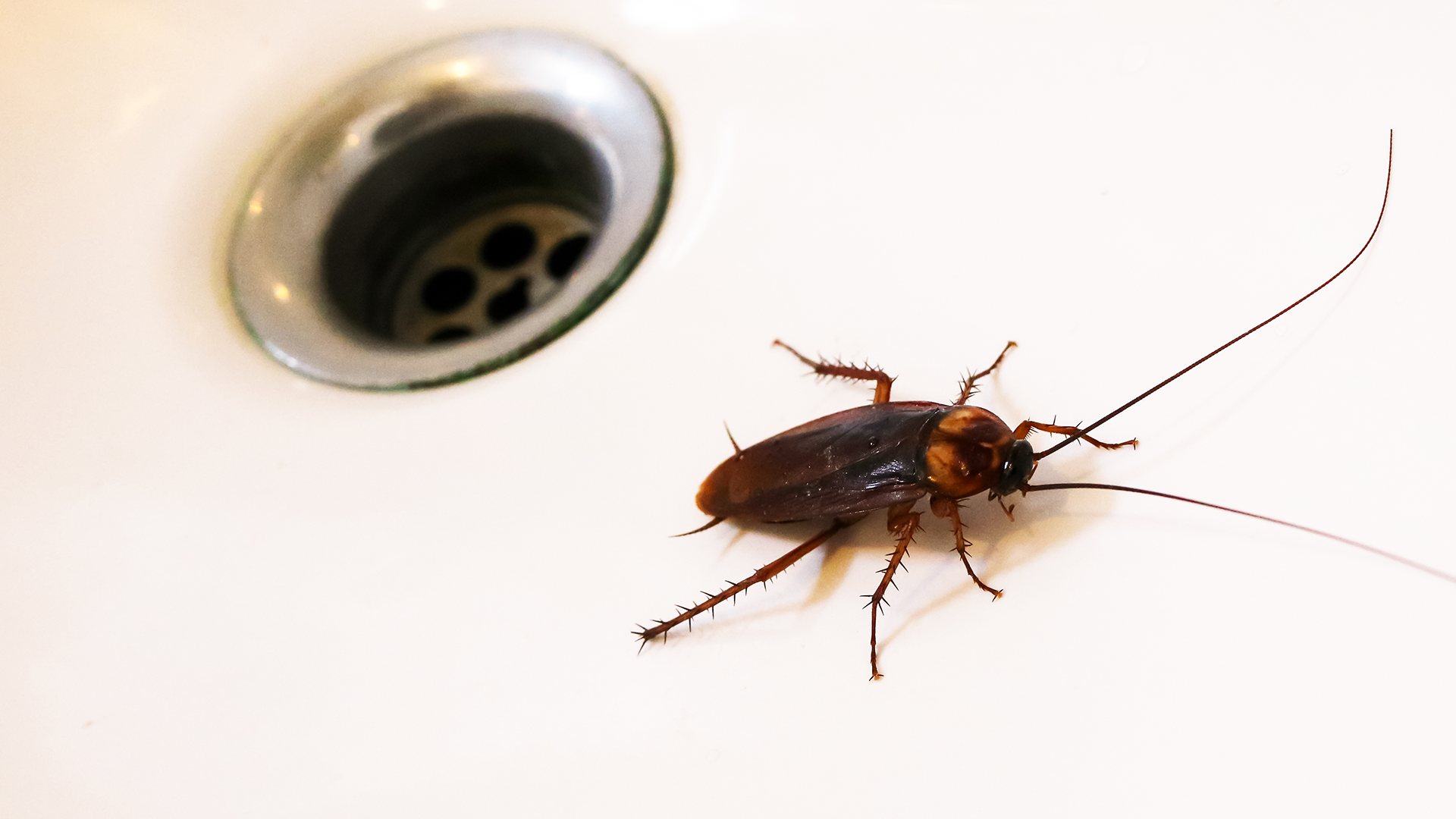Identifying the Culprit

Finding tiny, caterpillar-like bugs in your bathroom can be a real head-scratcher, especially when you’re trying to maintain a clean and hygienic environment. These little critters can be quite the mystery, leaving you wondering where they came from and how to get rid of them. So, let’s dive into the details and figure out what kind of creepy crawlies you’re dealing with.
Appearance of the Bugs
First things first, we need to get a good look at these bathroom invaders. Let’s break down their appearance, from head to toe:
- Size: How big are these bugs? Are they tiny specks, or can you see them clearly with the naked eye?
- Color: What color are they? Are they a dull brown, a bright white, or something in between?
- Shape: Do they resemble actual caterpillars with segmented bodies, or are they more rounded and oval-shaped?
- Unique Features: Do they have any distinctive features, like tiny hairs, legs, or antennae? Any details you can remember will help us identify them.
Location of the Bugs
Knowing where you found these little guys is crucial for understanding their habits and potential sources.
- Near the Sink: Were they hanging out near the sink, perhaps attracted to water droplets or food crumbs?
- Shower or Bathtub: Did you spot them in the shower or bathtub, suggesting they might be drawn to moisture?
- Other Bathroom Areas: Were they found in other parts of the bathroom, like around the toilet or under the cabinets? This information can give us more clues about their preferred habitat.
Behavior of the Bugs, Small caterpillar like bugs in bathroom
Finally, let’s talk about how these bugs behave.
- Crawling: Are they mostly crawling around, or do they seem to be moving quickly?
- Flying: Do they have wings, and if so, do they fly around the bathroom?
- Clustering: Do they tend to gather in groups, or are they solitary creatures?
Understanding the Potential Bugs

Identifying the exact culprit behind those pesky little caterpillars in your bathroom can be a bit of a puzzle, but understanding the potential suspects is the first step towards solving the mystery. Let’s delve into the world of these tiny bathroom invaders and uncover their secrets.
Common Bathroom Bugs
Knowing the common culprits can help you narrow down your search. These tiny creatures, often mistaken for caterpillars, are actually a diverse group of insects with distinct characteristics and preferences. Here’s a list of common suspects:
- Clothes Moths (Tineola bisselliella and Tinea pellionella): These tiny moths, with their distinctive wingspan of about 1/2 inch, are notorious for their destructive larvae. The larvae are small, white, and often mistaken for caterpillars. They feed on natural fibers like wool, silk, and feathers, which is why they are often found in closets and bathrooms with damp towels. They prefer dark, undisturbed areas and are attracted to the warmth and moisture found in bathrooms.
- Carpet Beetles (Anthrenus scrophulariae and Attagenus unicolor): These beetles, with their oval-shaped bodies and distinctive scales, are another common culprit. The larvae are small, hairy, and resemble tiny caterpillars. They feed on a variety of organic materials, including carpets, rugs, furniture, and even stored food. They are attracted to the warmth and moisture of bathrooms, often seeking refuge in damp areas.
- Indian Meal Moths (Plodia interpunctella): These moths, with their distinctive brown and gray wings, are known for their larvae, which are small, white, and often mistaken for caterpillars. They are attracted to food sources like grains, flour, and dried fruits, which they can infest. Bathrooms with stored food or leaky pipes can become attractive to these moths.
- Casemaking Clothes Moths (Tinea pellionella): These moths are similar to clothes moths but their larvae create distinctive cases made of silk and food particles. These cases are often found in corners and crevices, and the larvae are small, white, and resemble tiny caterpillars. They feed on natural fibers like wool, silk, and feathers, and are attracted to the warmth and moisture found in bathrooms.
Characteristics and Life Cycles
Each of these bugs has its own unique characteristics and life cycle, making identification a little easier.
- Clothes Moths: The larvae are small, white, and have a distinctive head capsule. They feed on natural fibers and create silk tunnels as they move. They go through several stages of development before becoming moths.
- Carpet Beetles: The larvae are small, hairy, and have a distinctive brown head capsule. They feed on a variety of organic materials and are often found in carpets, rugs, and furniture. They go through several stages of development before becoming beetles.
- Indian Meal Moths: The larvae are small, white, and have a distinctive brown head capsule. They feed on grains, flour, and dried fruits and are often found in kitchens and pantries. They go through several stages of development before becoming moths.
- Casemaking Clothes Moths: The larvae create distinctive cases made of silk and food particles. They are small, white, and resemble tiny caterpillars. They feed on natural fibers and are often found in closets and bathrooms with damp towels.
Addressing the Infestation: Small Caterpillar Like Bugs In Bathroom

You’ve identified the creepy crawlies in your bathroom, but now what? Time to get rid of those pesky little critters! We’ll explore different methods to control the infestation, understand their effectiveness, and learn how to prevent them from coming back.
Methods for Controlling Small Caterpillar-Like Bugs
Different methods have varying levels of effectiveness for controlling these bathroom bugs. Here’s a comparison of some common options:
| Method | Effectiveness | Pros | Cons |
|---|---|---|---|
| Vacuuming | Good for removing visible bugs | Simple, inexpensive, readily available | May not eliminate eggs or larvae |
| Diatomaceous Earth (DE) | Effective against insects | Non-toxic, safe for pets and humans | Can be messy, requires thorough application |
| Insecticidal Spray | Quick and effective for killing bugs | Easy to apply, wide range of products available | Can be harmful to pets and humans, may require repeated applications |
| Borax | Effective for killing insects | Non-toxic to humans and pets when used correctly | May not be effective against all insects, can be messy |
| Professional Pest Control | Highly effective for severe infestations | Professional expertise, targeted solutions | Expensive, may require multiple treatments |
Eliminating the Bugs
Now, let’s get those pesky bugs out of your bathroom! Here’s a step-by-step guide:
1. Identify the Bug
First things first, make sure you know what you’re dealing with! Identifying the specific type of bug will help you choose the most effective control method.
2. Cleaning Procedures
– Thoroughly clean your bathroom, focusing on areas where the bugs are found.
– Pay special attention to cracks and crevices where they may be hiding.
– Remove any food sources, like spilled food or crumbs.
– Wash towels and linens in hot water to kill any lingering bugs.
– Clean the bathroom floor and surfaces with a disinfectant solution.
3. Preventative Measures
– Seal any cracks or gaps in your bathroom to prevent bugs from entering.
– Regularly clean and disinfect your bathroom to eliminate potential breeding grounds.
– Store food and pet food in airtight containers.
– Reduce humidity in the bathroom by using a dehumidifier or ensuring proper ventilation.
4. Consider Using Pesticides
If the infestation is severe or the bugs persist after cleaning, you may consider using pesticides.
– Choose a pesticide specifically designed for the type of bug you’re dealing with.
– Follow the instructions on the label carefully.
– Wear protective gear, such as gloves and a mask, when applying pesticides.
– Keep children and pets away from the treated area until the pesticide has dried.
